Download the Windows 10 February Patch Tuesday updates today
8 min. read
Published on
Read our disclosure page to find out how can you help Windows Report sustain the editorial team. Read more
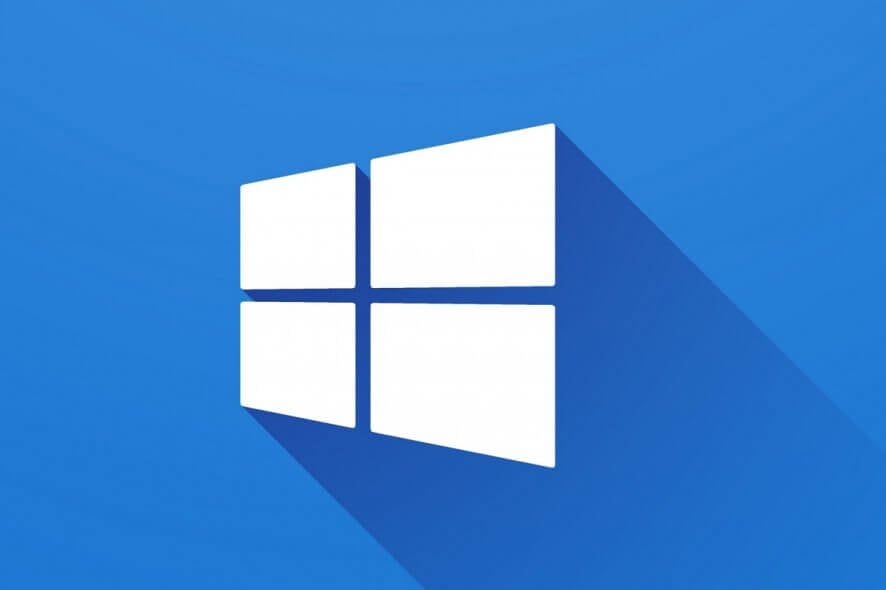
The second round of major updates for the year 2020 are here, and they are called the February Patch Tuesday updates. As always, this round of updates targets all major versions of Windows 10.
However, one thing worth mentioning is that despite reaching the end of its life back in January, this round of updates also comes with some small changes to Windows 7 as well.
The February security release consists of security updates for the following software:
- Microsoft Windows
- Windows Malicious Software Removal Tool
- Microsoft Edge (EdgeHTML-based)
- Microsoft Edge (Chromium-based)
- ChakraCore
- Internet Explorer
- Microsoft Exchange Server
- Microsoft SQL Server
- Windows Surface Hub
- Microsoft Office and Microsoft Office Services and Web Apps
Cumulative updates included in February Patch Tuesday Updates
Windows 10, version 1909
As usual, Windows 10, version 1909 and versions 1903 share a common core operating system and an identical set of system files. As a result, all major changes that apply to one version will be present in the other.
As far as issues are concerned, there is nothing worth mentioning out yet.
Cumulative update name:
Improvements and fixes
- Addresses an issue that occurs when migrating cloud printers during an upgrade.
- Improves the installation experience when updating to Windows 10, version 1903.
- Security updates to Internet Explorer, Microsoft Edge, Windows Fundamentals, Windows Cryptography, Windows Virtualization, Windows Network Security and Containers, Windows Server, Windows Management, Microsoft Graphics Component, Windows Input and Composition, Windows Media, the Microsoft Scripting Engine, and Windows Shell.
Known Issues
- There are no known issues
[DIRECT DOWNLOAD LINK]
Windows 10, version 1903
Cumulative update name:
Improvements and fixes
- Same as Windows 10, version 1909
Known Issues
- There are no known issues
[DIRECT DOWNLOAD LINK]
Windows 10, version 1809
This cumulative update applies to Windows 10 version 1803 and bumps the OS Build to 17763.1039. Besides the other fixes, one notable new feature is that this release also contains updates for Microsoft HoloLens (OS Build 17763.1039) released on February 11, 2020.
Cumulative update name:
Improvements and fixes
- Security updates to Microsoft Edge, Internet Explorer, Microsoft Graphics Component, Windows Input and Composition, Windows Media, Windows Shell, the Microsoft Scripting Engine, Windows Fundamentals, Windows Management, Windows Cryptography, Windows Virtualization, Windows Hyper-V, Windows Core Networking, Windows Peripherals, Windows Network Security and Containers, Windows Storage and Filesystems, and Windows Server.
Known Issues
- Certain operations, such as rename, that you perform on files or folders that are on a Cluster Shared Volume (CSV) may fail with the error, “STATUS_BAD_IMPERSONATION_LEVEL (0xC00000A5)”. This occurs when you perform the operation on a CSV owner node from a process that doesn’t have administrator privilege.
- After installing KB4493509, devices with some Asian language packs installed may receive the error, “0x800f0982 – PSFX_E_MATCHING_COMPONENT_NOT_FOUND.”
[DIRECT DOWNLOAD LINK]
Windows 10, version 1803
One noticeable feature of this cumulative update is that it marks the end of service for the Windows 10 Home and Pro editions. Thus, you should expect a new ste of updates in the near future that will force you to update to the next supported version available.
Cumulative update name:
Improvements and fixes
- Security updates to Microsoft Edge, Internet Explorer, Microsoft Graphics Component, Windows Input and Composition, Windows Media, Windows Shell, the Microsoft Scripting Engine, Windows Fundamentals, Windows Management, Windows Cryptography, Windows Virtualization, Windows Hyper-V, Windows Core Networking, Windows Peripherals, Windows Network Security and Containers, Windows Storage and Filesystems, and Windows Server.
Known Issues
- Certain operations, such as rename, that you perform on files or folders that are on a Cluster Shared Volume (CSV) may fail with the error, “STATUS_BAD_IMPERSONATION_LEVEL (0xC00000A5)”. This occurs when you perform the operation on a CSV owner node from a process that doesn’t have administrator privilege.
[DIRECT DOWNLOAD LINK]
Windows 10, version 1709
Windows 10, version 1709, reached the end of service on April 9, 2019, for devices running Windows 10 Home, Pro, Pro for Workstation, and IoT Core editions. This means that the devices running this version will no longer receive monthly security and quality updates.
If you do wish to continue receiving added protection, Microsoft recommends that you update to the latest version of Windows 10.
Cumulative update name:
Improvements and fixes
- Security updates to Microsoft Edge, Internet Explorer, Microsoft Graphics Component, Windows Input and Composition, Windows Media, Windows Shell, the Microsoft Scripting Engine, Windows Fundamentals, Windows Management, Windows Cryptography, Windows Virtualization, Windows Hyper-V, Windows Core Networking, Windows Peripherals, Windows Network Security and Containers, Windows Storage and Filesystems, and Windows Server.
Known Issues
- Certain operations, such as rename, that you perform on files or folders that are on a Cluster Shared Volume (CSV) may fail with the error, “STATUS_BAD_IMPERSONATION_LEVEL (0xC00000A5)”. This occurs when you perform the operation on a CSV owner node from a process that doesn’t have administrator privilege.
[DIRECT DOWNLOAD LINK]
Windows 10, version 1703
Windows 10, version 1703 has reached end of service for all editions. If you want to continue receiving security and quality updates, Microsoft recommends updating to the latest version of Windows 10.
Cumulative update name:
Improvements and fixes
- Security updates to Microsoft Edge, Internet Explorer, Microsoft Graphics Component, Windows Input and Composition, Windows Media, Windows Shell, the Microsoft Scripting Engine, Windows Fundamentals, Windows Management, Windows Cryptography, Windows Virtualization, Windows Hyper-V, Windows Core Networking, Windows Peripherals, Windows Network Security and Containers, Windows Storage and Filesystems, and Windows Server.
Known Issues
- There are no known issues
[DIRECT DOWNLOAD LINK]
Windows 10, version 1607
Windows 10, version 1607, reached the end of service on April 10, 2019, for devices running Windows 10 Home, Pro, Pro for Workstation, and IoT Core editions. This means that the devices running this version will no longer receive monthly security and quality updates.
Cumulative update name:
Improvements and fixes
- Security updates to Microsoft Edge, Internet Explorer, Microsoft Graphics Component, Windows Input and Composition, Windows Media, Windows Shell, the Microsoft Scripting Engine, Windows Fundamentals, Windows Management, Windows Cryptography, Windows Virtualization, Windows Hyper-V, Windows Core Networking, Windows Peripherals, Windows Network Security and Containers, Windows Storage and Filesystems, and Windows Server.
Known Issues
- After installing KB4467684, the cluster service may fail to start with the error “2245 (NERR_PasswordTooShort)” if the group policy “Minimum Password Length” is configured with greater than 14 characters.
- Certain operations, such as rename, that you perform on files or folders that are on a Cluster Shared Volume (CSV) may fail with the error, “STATUS_BAD_IMPERSONATION_LEVEL (0xC00000A5)”. This occurs when you perform the operation on a CSV owner node from a process that doesn’t have administrator privilege.
[DIRECT DOWNLOAD LINK]
Windows 10, version 1507
Among all of the cumulative updates released this Patch Tuesday, this is the only KB to include a fix for an issue that would affect the implementation of a Group Policy
Cumulative update name:
Improvements and fixes
- Addresses an issue that might prevent the “Turn off encryption support” Group Policy from being set correctly.
- Security updates to Microsoft Edge, Internet Explorer, Microsoft Graphics Component, Windows Input and Composition, Windows Media, Windows Shell, the Microsoft Scripting Engine, Windows Fundamentals, Windows Management, Windows Cryptography, Windows Virtualization, Windows Hyper-V, Windows Core Networking, Windows Peripherals, Windows Network Security and Containers, Windows Storage and Filesystems, and Windows Server.
Known Issues
- Certain operations, such as rename, that you perform on files or folders that are on a Cluster Shared Volume (CSV) may fail with the error, “STATUS_BAD_IMPERSONATION_LEVEL (0xC00000A5)”. This occurs when you perform the operation on a CSV owner node from a process that doesn’t have administrator privilege.
[DIRECT DOWNLOAD LINK]
Patch Tuesday list of CVEs
If you want to learn more about this month’s list of common vulnerabilities and exposures, you can check out the list below. Keep in mind that this is not the full list. If you want to know about this month’s 99 CVE, you can check out this article.
- ADV200003
- CVE-2020-0618
- CVE-2020-0658
- CVE-2020-0675
- CVE-2020-0676
- CVE-2020-0677
- CVE-2020-0689
- CVE-2020-0693
- CVE-2020-0694
- CVE-2020-0695
- CVE-2020-0696
- CVE-2020-0697
- CVE-2020-0698
- CVE-2020-0705
- CVE-2020-0706
- CVE-2020-0714
- CVE-2020-0716
- CVE-2020-0717
- CVE-2020-0728
- CVE-2020-0736
- CVE-2020-0744
- CVE-2020-0746
- CVE-2020-0748
- CVE-2020-0755
- CVE-2020-0756
- CVE-2020-0759
- CVE-2020-0766
How do I get the latest updates?
The most common and secure method of installing the updates is via Windows 10‘s Windows Update feature. The latest updates should appear as available there as soon as they are released.
However, if you are only interested in a specific update, then all you need to do is visit the Windows Update Catalog, and enter the specific KB number. The download should start immediately, and you can then manually install the updates that you desire.
Other viable sources for updates include:
- Microsoft Update
- Windows Server Update Services (WSUS)
Note: Don’t forget to always have a backup of all of your data before performing a big set of updates like the ones on Patch Tuesday.
Editor’s Note: If you want to know everything there is to know on Patch Tuesday, check out this in-depth guide.

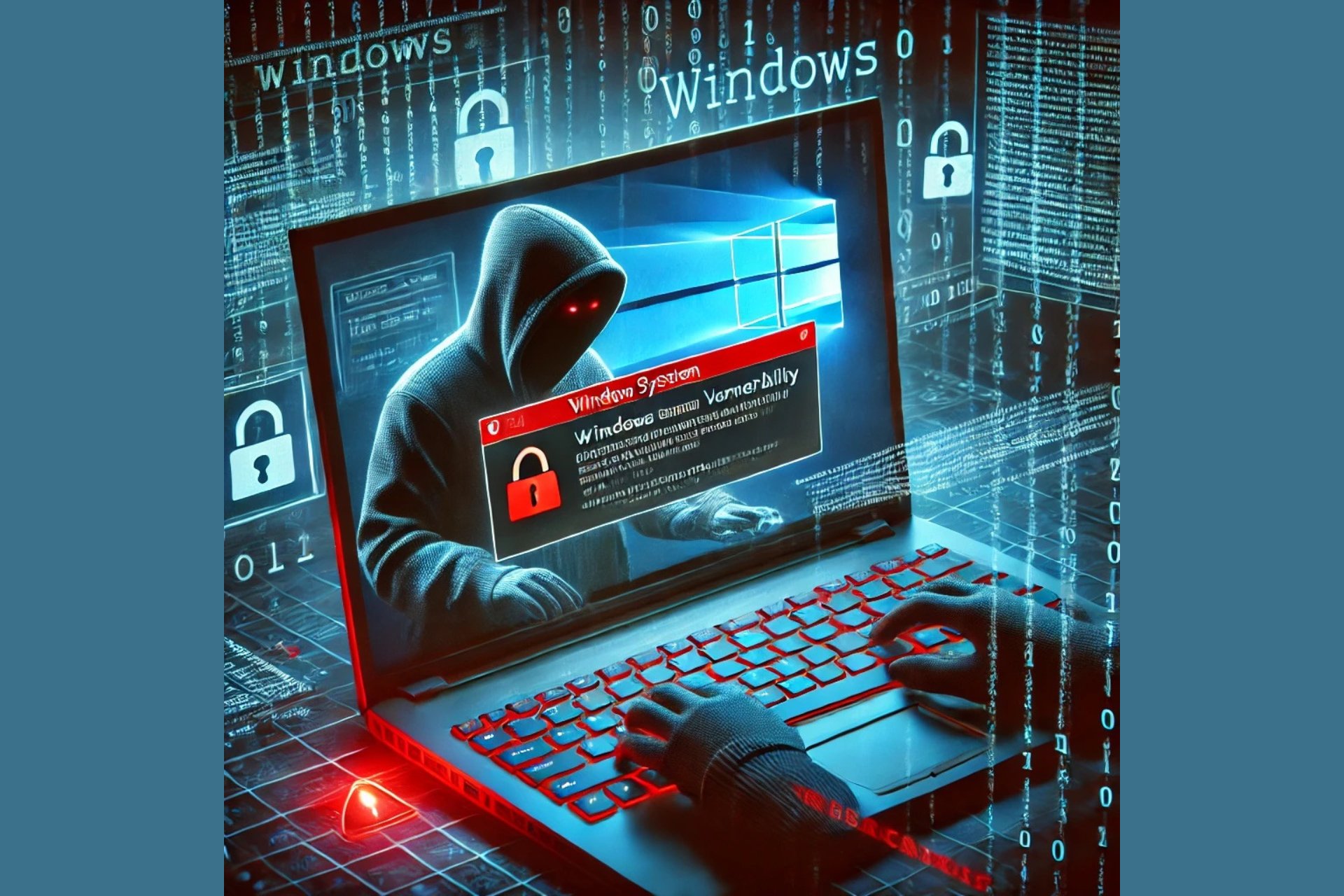
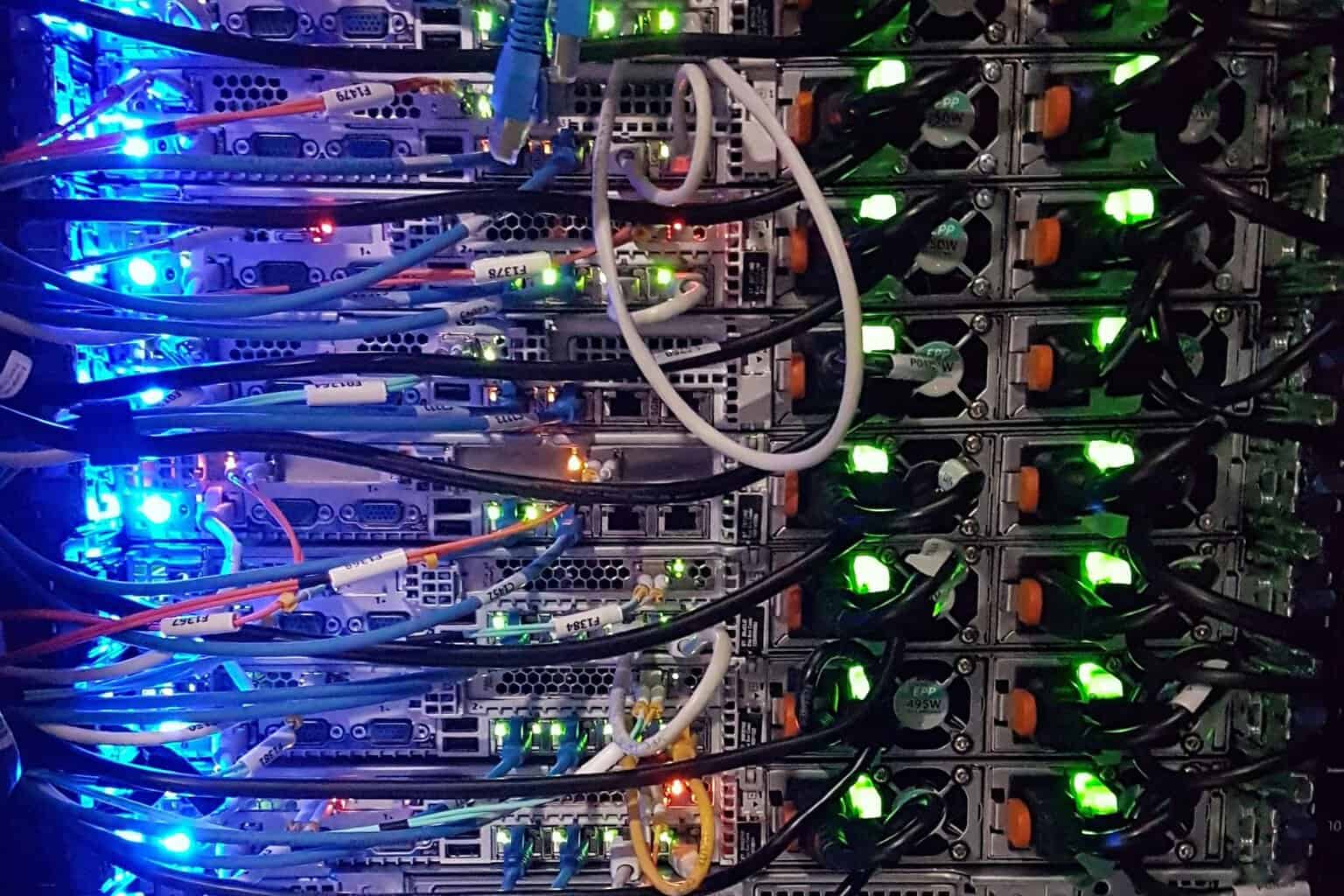
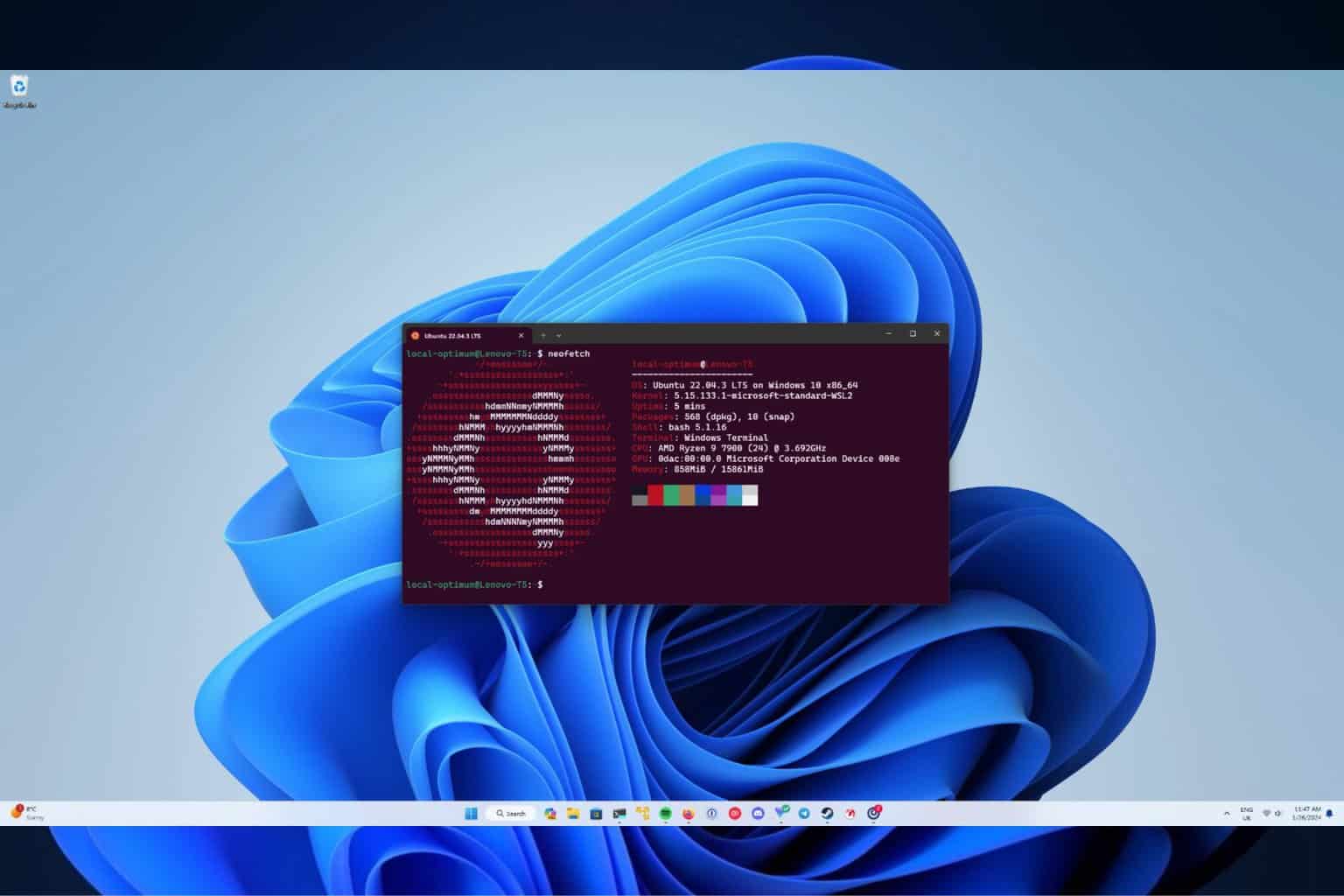
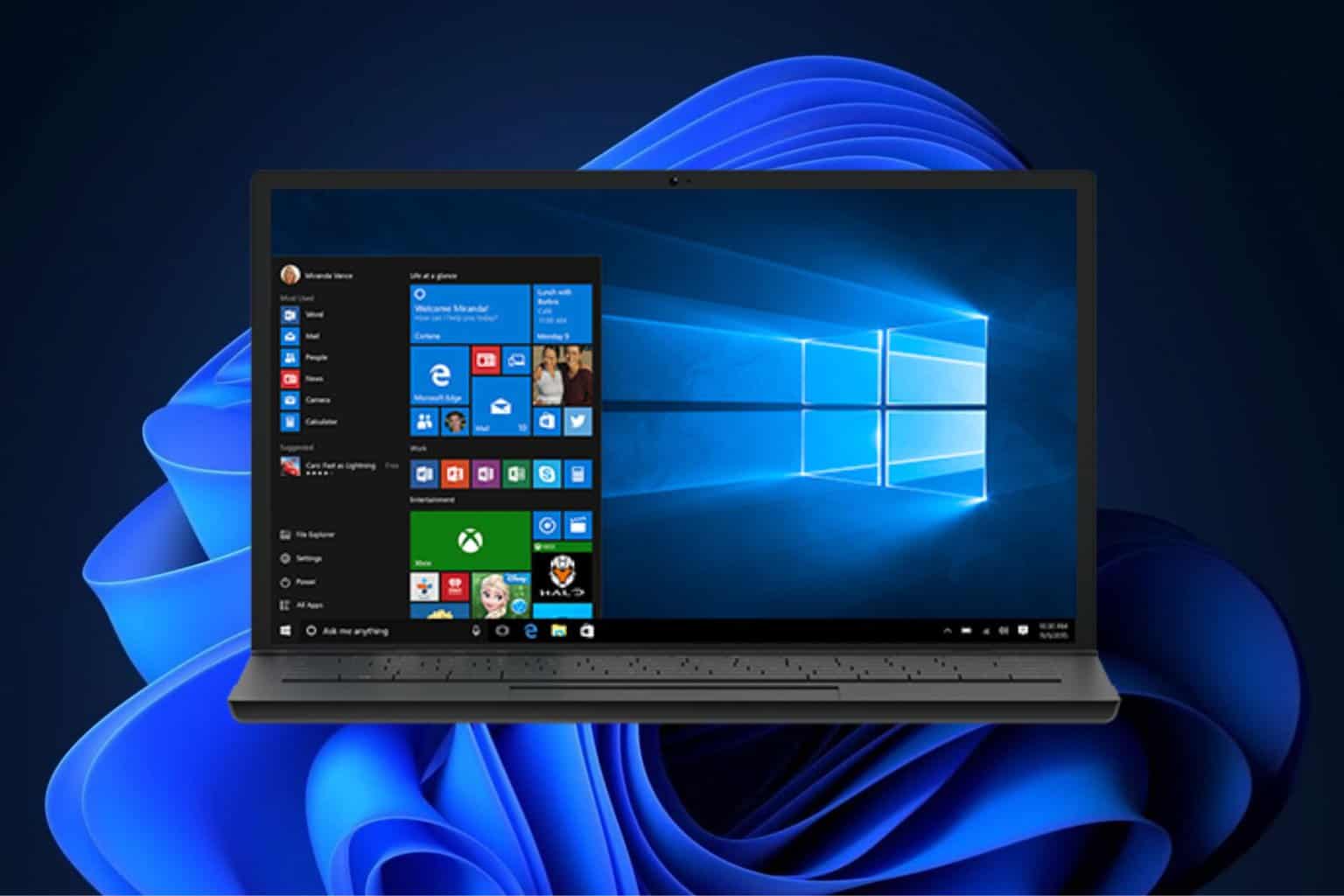
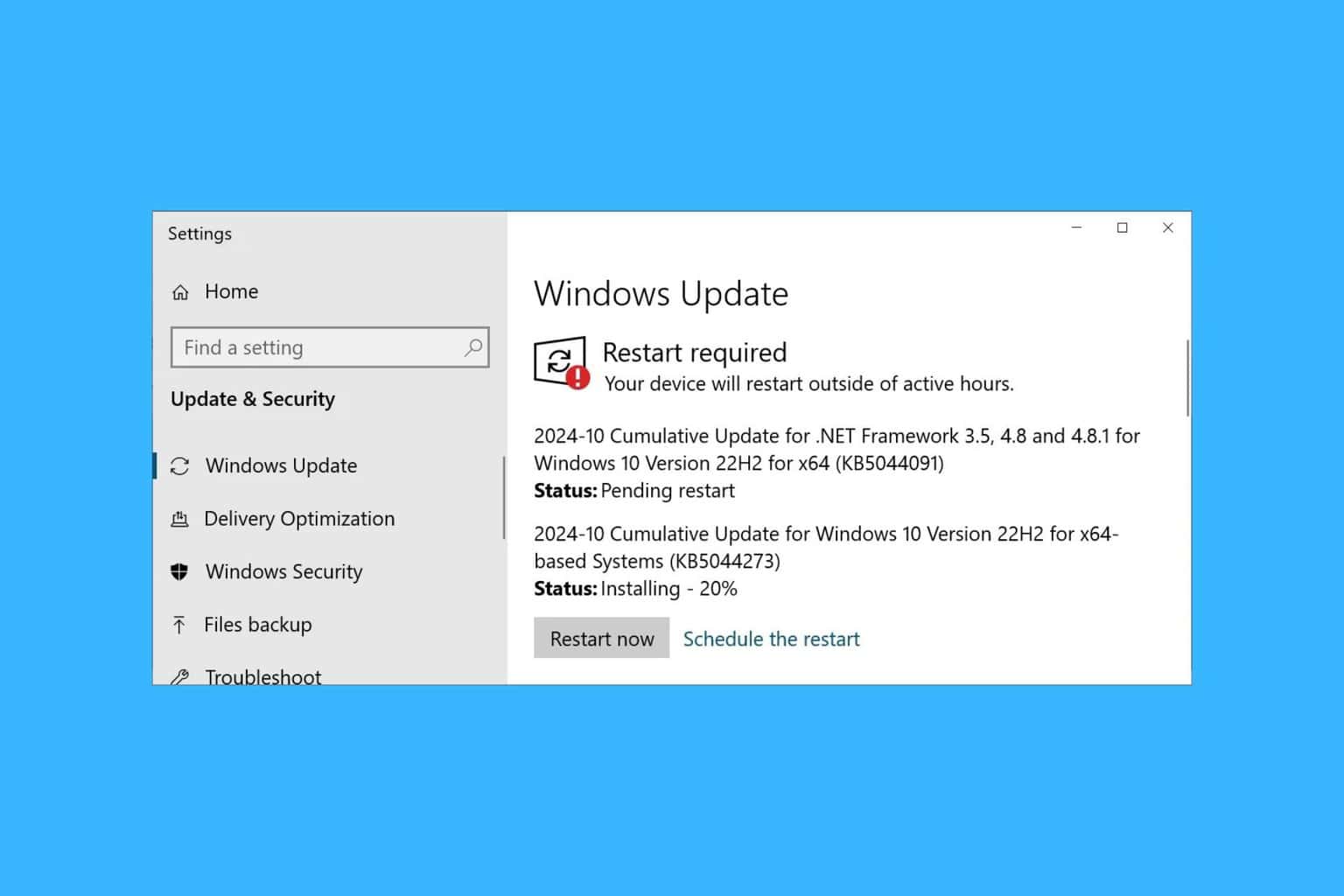


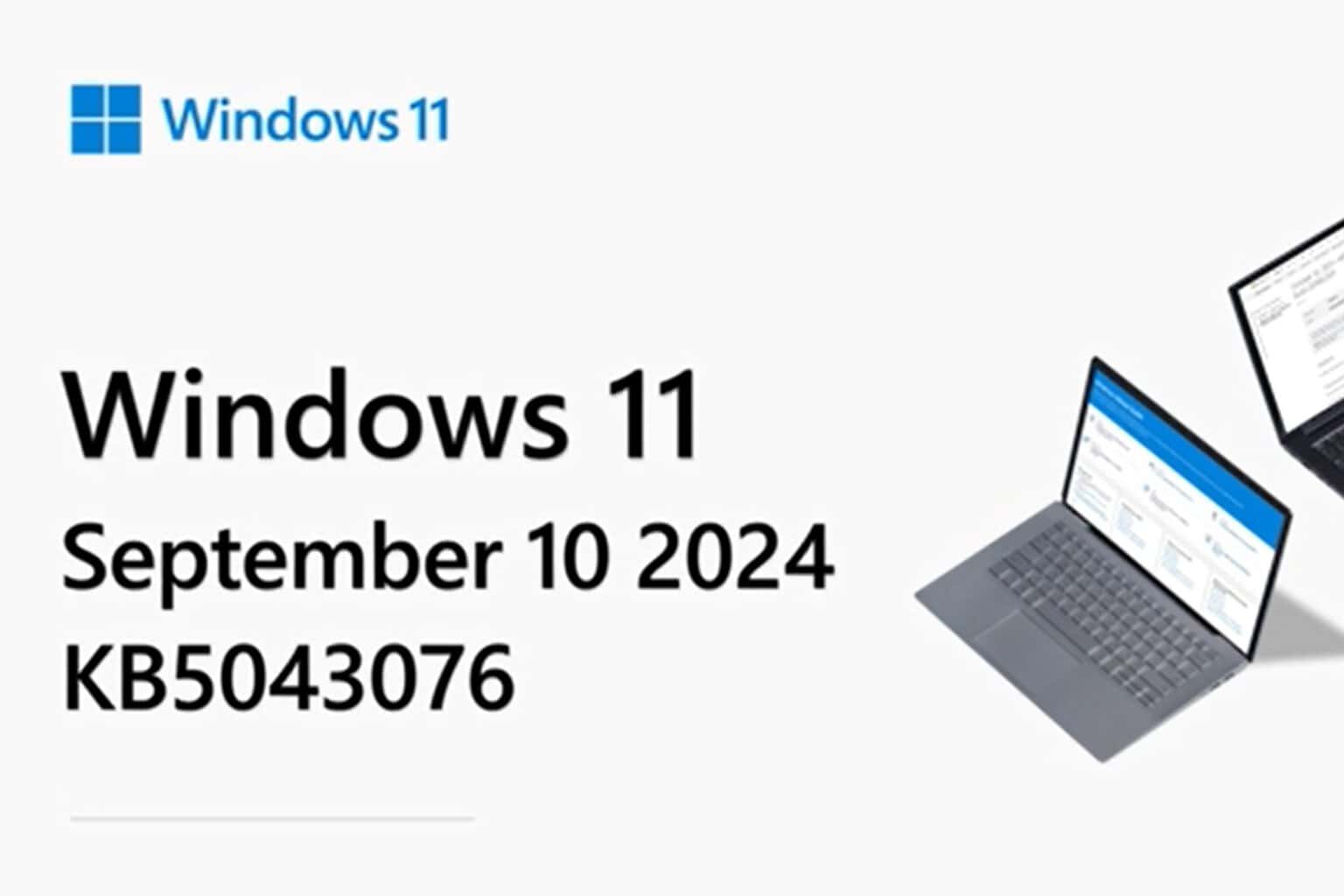
User forum
0 messages